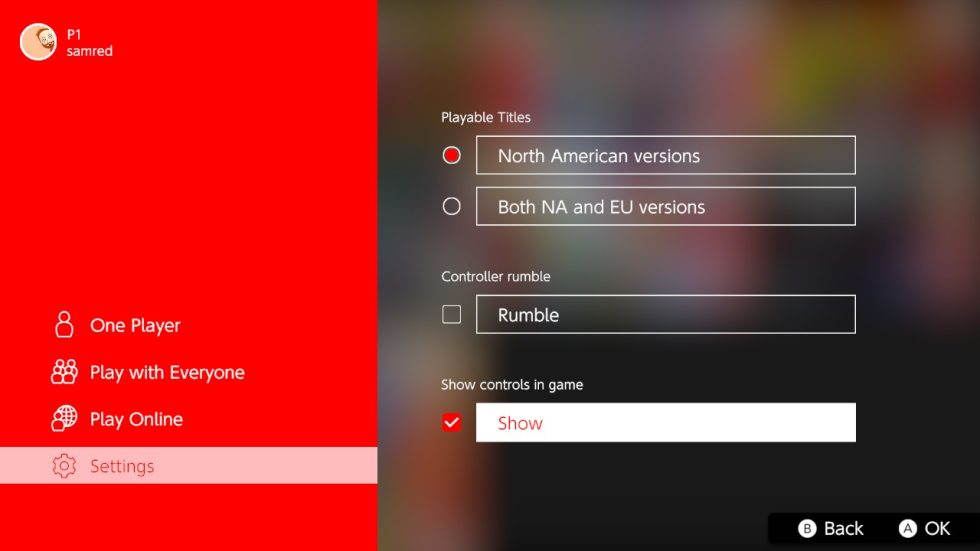An NSO no-no —
“Better than Wii U” is faint praise for underwhelming emulation performance.
Sam Machkovech
–

Enlarge / We wish we had better news to report about Nintendo’s first easy-to-access N64 collection in a long time. Alas.
On Monday, Nintendo released its latest collection of emulated N64 games—and its first since the Wii U’s Virtual Console—as a package of games exclusively available on its Switch consoles. Unfortunately, the result isn’t exactly the Super Mario 64-styled “wa-hoo!” we’d been hoping for.
After years of “N64 mini” rumors (which have yet to come to fruition), Nintendo announced plans to honor its first fully 3D gaming system late last month in the form of the Nintendo Switch Online Expansion Pack. Pay a bit extra, the company said, and you’d get a select library of N64 classics, emulated by the company that made them, on Switch consoles as part of an active NSO subscription.
One month later, however, Nintendo’s sales proposition grew more sour. That “bit extra” ballooned to $30 more per year, on top of the existing $20/year fee—a 150 percent jump in annual price. Never mind that the price also included an Animal Crossing expansion pack (which retro gaming fans may not want) and Sega Genesis games (which have been mostly released ad nauseam on every gaming system of the past decade). For many interested fans, that price jump was about the N64 collection.
And as its Monday launch neared, Nintendo remained mum on exactly how this NSO N64 collection would work. A brief sizzle reel highlighted the collection’s biggest games, including Super Mario 64, Zelda: Ocarina of Time, and Star Fox 64. But what about performance, options, and controls? Without a “one month” subscription option to the NSO Expansion Pack, interested fans had no low-cost way to find out. Pay $50 upfront for a full year, Nintendo told fans, or don’t play at all.
Options? More like option, singular
N64 collection on NSO Expansion Pack’s launch day. Eight of the games are published by Nintendo, with WinBack coming from Koei Tecmo. More first- and third-party games will join the service in the foreseeable future, Nintendo says.
The same collection, now with optional PAL versions of the set’s nine games in the mix.
When I found the NSO Expansion Pack gateway on Monday, I also found two purchasing options. One was a full-year purchase for $49.99, minus a prorated discount for non-Expansion NSO subscription time I’d already paid for. The other option was to apply a prepaid eShop gift code. However, that’s when I learned that a 12-month code for the NSO Expansion Pack did not stack properly on top of my existing, non-Expansion subscription. Thus, be warned: if you apply an NSO Expansion Pack gift card to an existing non-Expansion sub, you’ll lose whatever cheaper months you already paid for.
Upon booting into the updated subscription tier, I could now download individual collections for both the N64 and Sega Genesis, much like how the original NSO offers packs for NES and SNES games. The Genesis collection resembles the SNES one: offline mode, online mode, and an options screen that allows players to pick from “4:3,” “pixel-perfect,” and “CRT filter” visual modes. (Quickly: this collection, like many other Genesis-emulation projects, has a few kinks in its sound reproduction. This is a damned shame but not a surprise. Otherwise, the collection’s games appear to play pretty accurately.)

Enlarge / NSO settings for the N64 collection. As in, barely any at all.
The N64 collection interface looks similar, with a default menu made up entirely of original retail boxes. (Toggle “EU versions,” and you’ll see almost twice as many retail boxes in the interface. More importantly, you can choose between certain games’ NTSC and PAL versions.) Go into the options menus, however, and you’ll find a massive difference: no visual toggles. Instead, every game appears to run at 720p resolution whether in handheld or docked mode. Since many N64 games ran with empty space at the top and bottom of expected CRT screens, you’re left with that empty space.

Enlarge / N64 games always had trouble rendering sprites, thanks to the hardware’s default blur effects. The NSO N64 emulator removes some of the default blur, but not necessarily for the better.
Once you’re inside of any N64 game, you’ll see that the telltale N64 blur of old has been punted in favor of up-rezzed polygons and chunky, original-resolution sprites. As an option among other choices, that de-blurred emulation path would certainly be welcome, but as NSO Expansion Pack’s only N64 visual option, the results feel inelegant. These games’ chunky, mildly blurred 240p sprites look abysmal when slammed against higher-res, aliased polygons; Dr. Mario 64 is the collection’s exception, since it runs almost entirely on 2D images and sprites. Consequently, it looks like an era-appropriate mess of blurry sprites, even though a faked CRT filter would be welcome for this game as a result.

